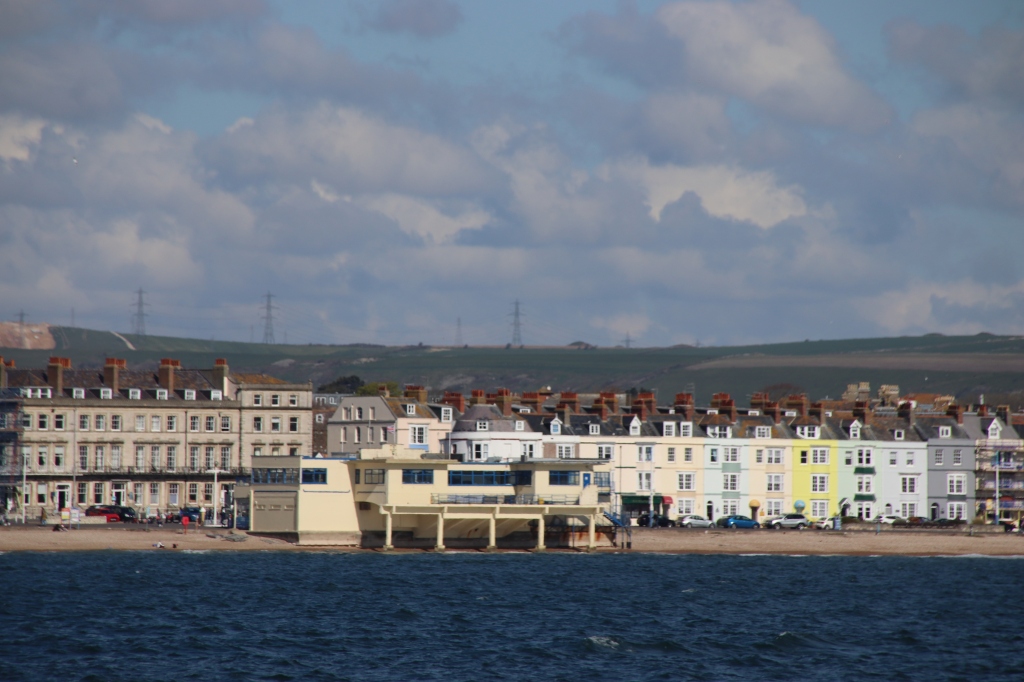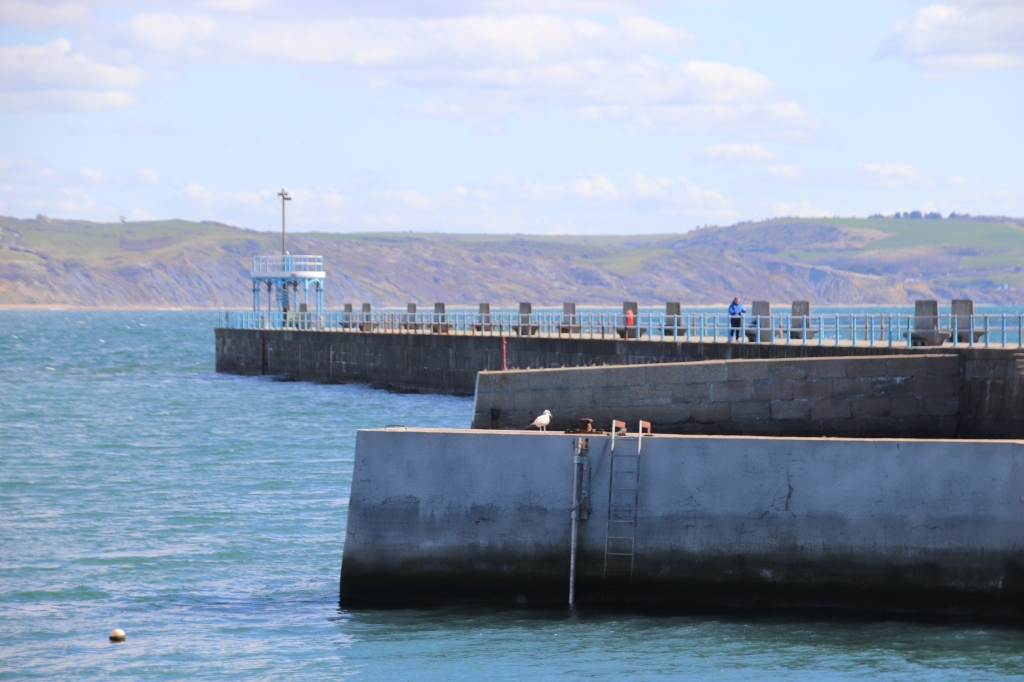It is like the world is opening again. I went out on the road again – two road trips in as many days. The sun shone form a blue sky, the trees were starting to shimmer with a vague outline of verdant green. Chilly but invigorating, as urban and winter grey give way to blue horizons of seaside sands. With lockdowns and travel bans inhibiting, nay, squashing, any wanderlust for so long, it is such a relief to release myself into this world again. And so many places to visit and people to meet and projects to complete. Get on young man! Get on!!
These two trips were all about my existing project and the next project when it is complete. I have two sections of my Coastal Trip to complete – Cornwall (in September) and West Coast of England (in May/June, I hope). There are a few places that I have visited which I don’t feel I’ve done justice. I have combined these with my next project on seaside piers where I missed them altogether because they were around a corner or off the beaten day-tripper track.
So on the first trip to the west I combined Clevedon with Weston-Super-Mare. How had I missed the Victorian wonder in the former and the glorious ruin in the latter?
Clevedon Pier is anchored to a rock on the seafront. Built in 1869 it was an embarkation point for paddle steamers bringing day trippers from South Wales. It was described by Sir John Betjeman as ‘the most beautiful pier in England’. Certainly it has a certain elegance to it. Impressive as the pier was, it was nothing compared with the dozen or so sea swimmers launching themselves into the surf from the rocks and, I emphasise, not in wetsuits. I felt cold just watching them, especially as most were wearing gloves in the water.
I know how I missed Birnbeck Pier in Weston-Super-Mare. From the main drag through this resort town there is no indication that there is anything except local housing beyond the headland. However, walking around the cliff this rusting, almost Dickensian relic stretches out from Anchor Head to a small rocky island where the remains of a RNLI station seems to be the only recognisable building standing amongst dusty ruins. The pier opened in 1867 as a boarding point for paddle steamers operating in the Bristol Channel. It was closed to the public in 1994 and now stands derelict, slowly rusting away into the sea with only ghosts to walk its tangled walkways, its rubbled streets and stare out of its gaping windows and empty doorways.
Weymouth Pier Bandstand can easily be lost along the wide front of this resort. Built in1938/9 it was designed with the bandstand itself extending out to sea from a two-storey building on shore. It seated 2,400 people but only a quarter of the audience were under shelter as the centre of the bandstand was open to the elements. It hosted dances, concerts, wrestling, roller skating and the Miss Weymouth Bathing Beauty Contests. The shore building was redesigned in the 1960s. By the 1980s the seaward end required major repair which proved to be too expensive and so it was demolished in 1986 leaving the ‘limpet’ end as a restaurant, an amusement arcade and a gift shop on the ground floor.
Weymouth Stone Pier is tucked around the corner on the south side of the old harbour, in itself a reminder of the importance played by this port. Merchants’ houses, old chandlers’ buildings, warehouses line the quayside on both sides, linked by the technology of the lifting bascule bridge and the historic Row Boat Ferry, operating since the 16th century and manned by a charming, weather-beaten boatman who is happy to pass the time of day with anyone passing. The Pier was constructed at the entrance to the harbour in the 18th century. It was originally a simple breakwater of loose boulders which was then extended. A buoy marked the the seaward end. Following storm damage it was rebuilt in 1824, then extended in 1876 and again in the 1910s, the latter with a tower at the end to accommodate a navigational light.







You must be logged in to post a comment.